The world seaport map shows an overview of the 10 largest seaports in the world. Seaports play an extremely important role in regional logistics but also global transport in general.
Table of contents
ToggleThe role of the world seaport map
The sea covers more than 70% of the Earth's surface. Therefore, seaports play an extremely important role in the development of the modern world. As an international traffic connection point, a seaport is a bridge between different countries and territories around the globe. They are where goods are transported, transshipped and distributed by sea.
The world seaport map has the image of a wide-scale network, connecting ports from all over the planet. Below is an overview of the location of the largest seaports today.

Top 10 largest seaports today
10. Port of Rotterdam, Netherlands
The Port of Rotterdam, Netherlands is the largest port in Europe. Also the largest seaport outside East Asia. And for decades, from 1962 to 2004, the Port of Rotterdam was considered the busiest port in the world by tonnage. The port boasts over 500 route connections to over 1000 ports worldwide.
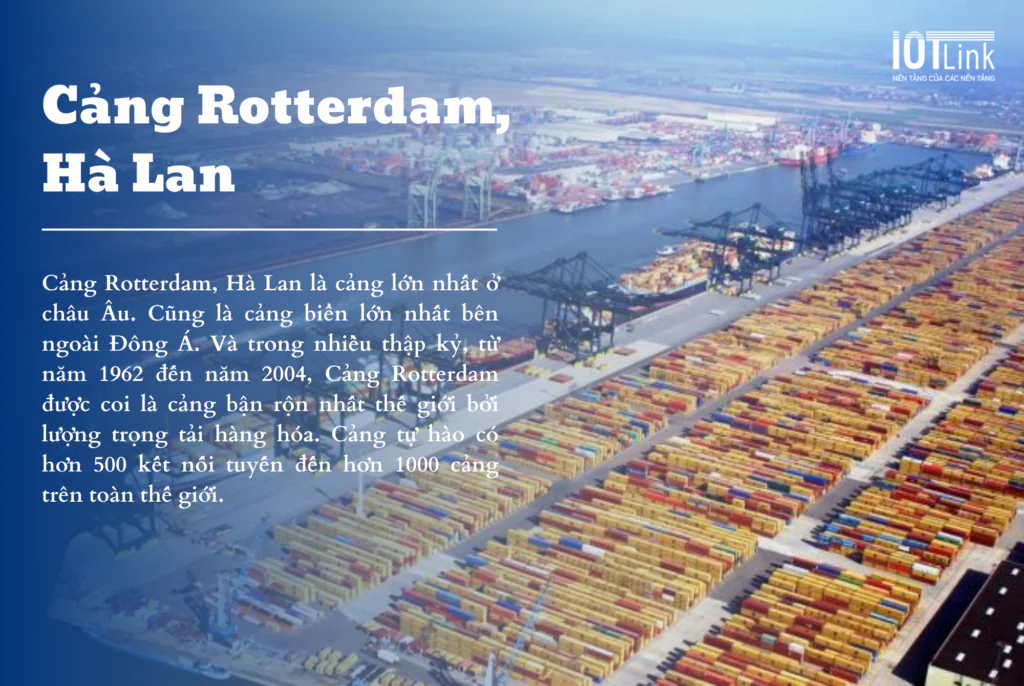
9. Port of Hong Kong, SAR, China
The port of Hong Kong, SAR, China is one of the largest ports in the world. The port is an integral part of Hong Kong's development. It is a global hub and is among the busiest ports in the world.
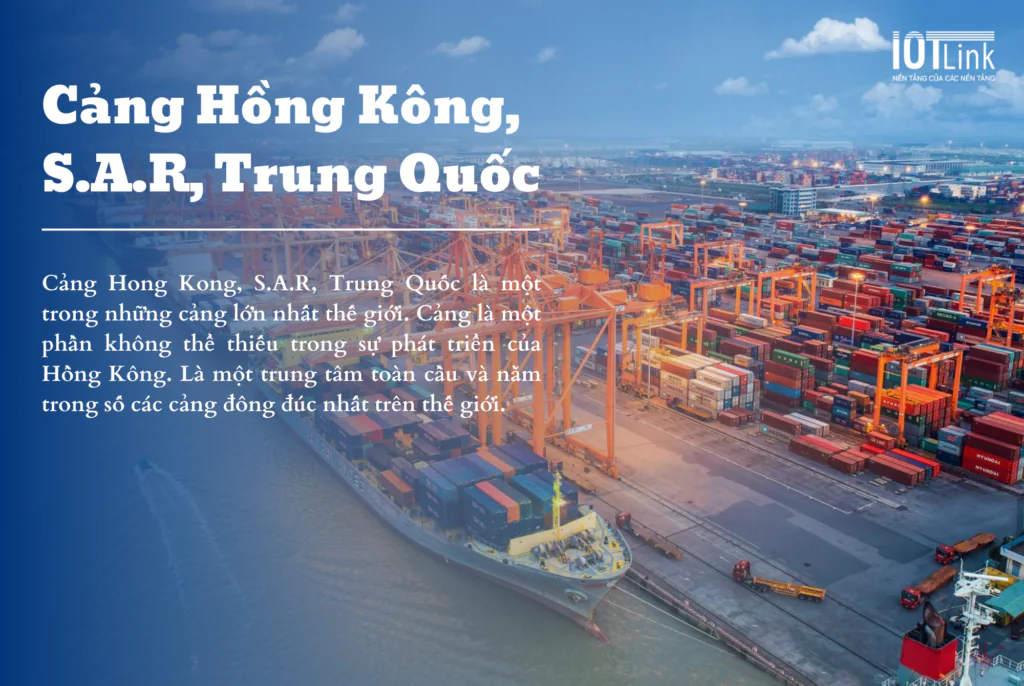
8. Port of Tianjin (Tianjin), China
At the beginning of 2023, China's Tianjin Port (Tianjin) reported a container throughput of 1.73 million TEU, with output expected to reach 21.8 million TEU this year.
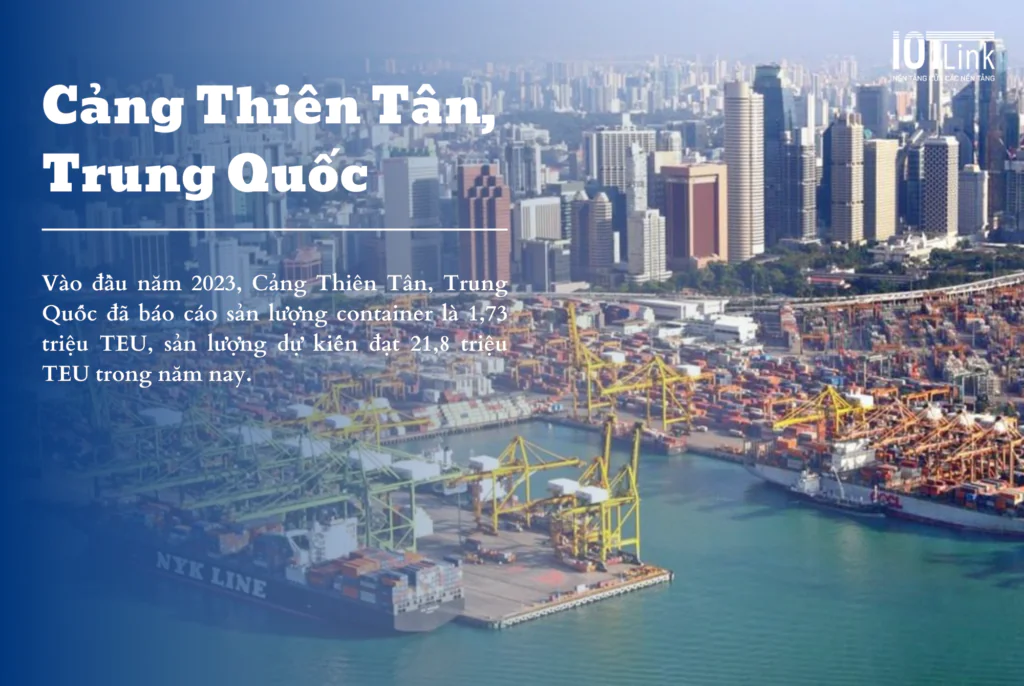
7. Port of Busan, Korea
Port of Busan, Korea is the largest port in Korea. Account for nearly 75% of the country's total throughput market share in 2020.
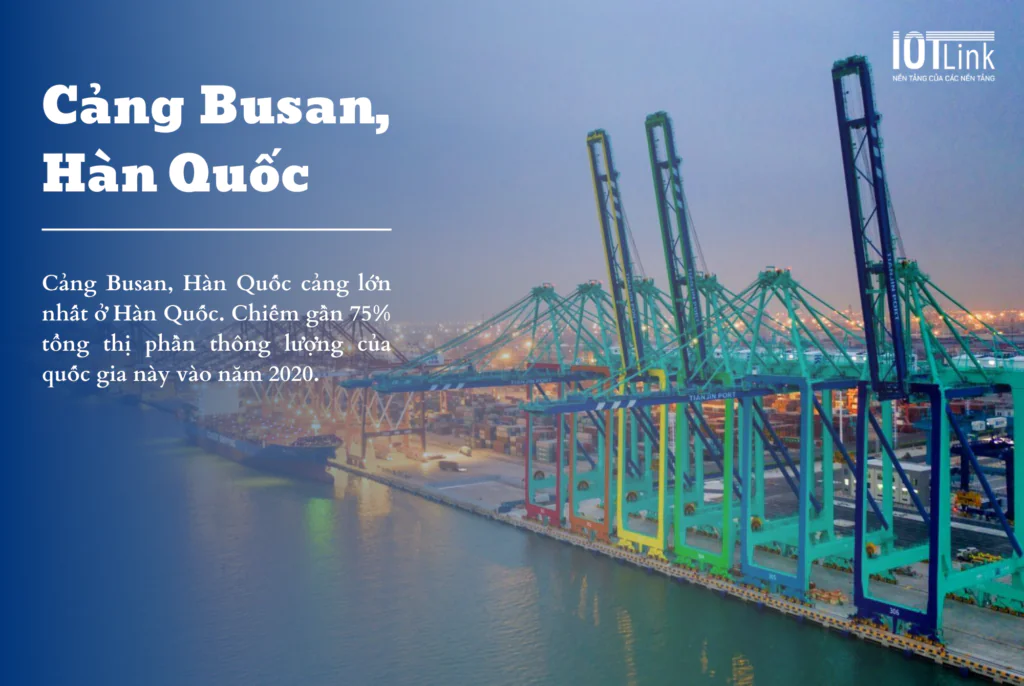
6. Qingdao Port (Qingdao), China
Qingdao Port (Qingdao), China handled more than 400 million tons of cargo and 15.52 million containers in 2013 and is currently one of the major ports in the world. The port is known as the world's largest port for iron ore and China's largest port for crude oil.
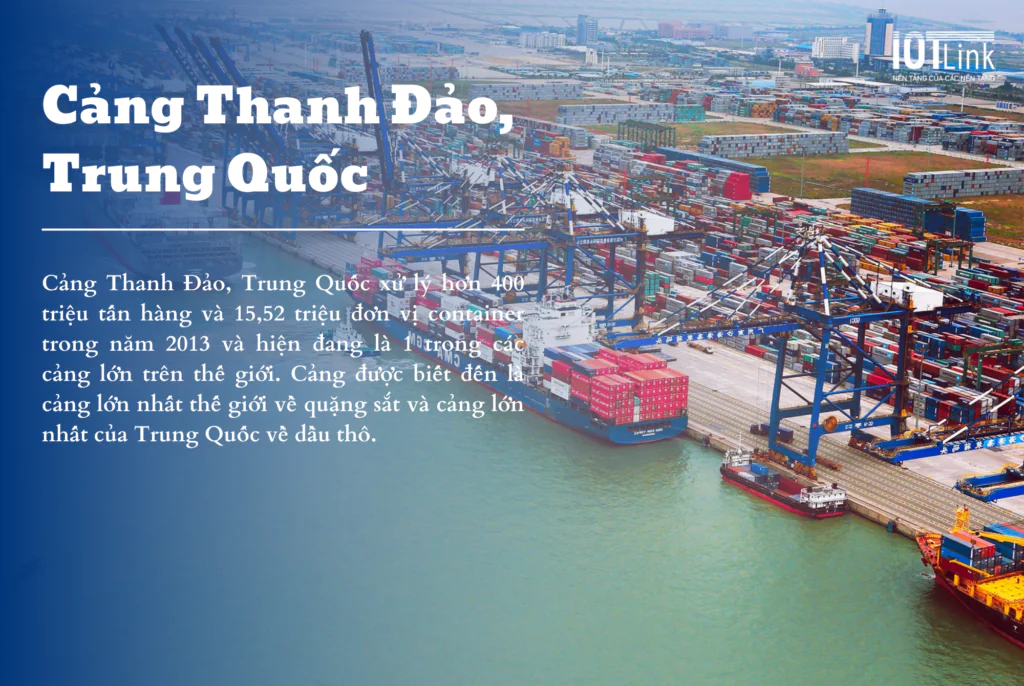
5. Port of Guangzhou (Guangzhou), China
The Port of Guangzhou (Guangzhou), China handles more than 460 million tons of cargo and 15.31 million container units. The port handled the first 100 million tons of cargo in 1999 and to date. The volume of cargo traffic has increased significantly every year.

4. Port of Shenzhen (Shenzhen), China
Port of Shenzhen (Shenzhen), China includes ports along the coast of Shenzhen. It is the headquarters of more than 40 shipping companies and more than 130 international container routes.
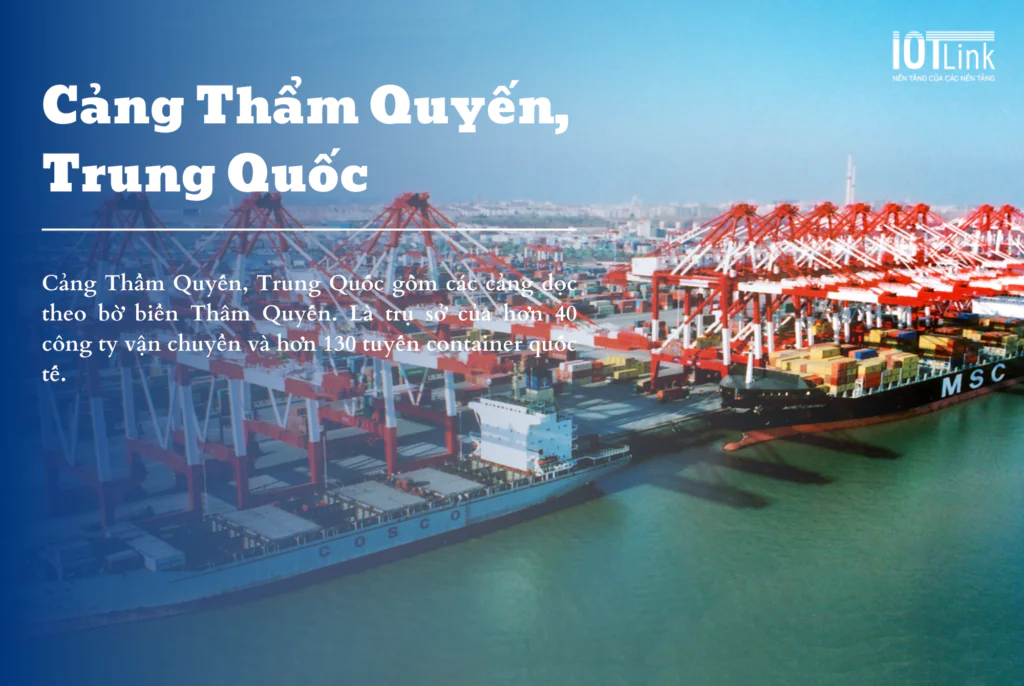
3. Ningbo Port (Ningbo), China
The port of Ningbo (Ningbo), China stretches along the coast more than 220 km long. With 19 port areas and more than 200 large deep-water mooring vessels. Total cargo throughput in Ningbo will reach 1.12 billion tons in 2021.
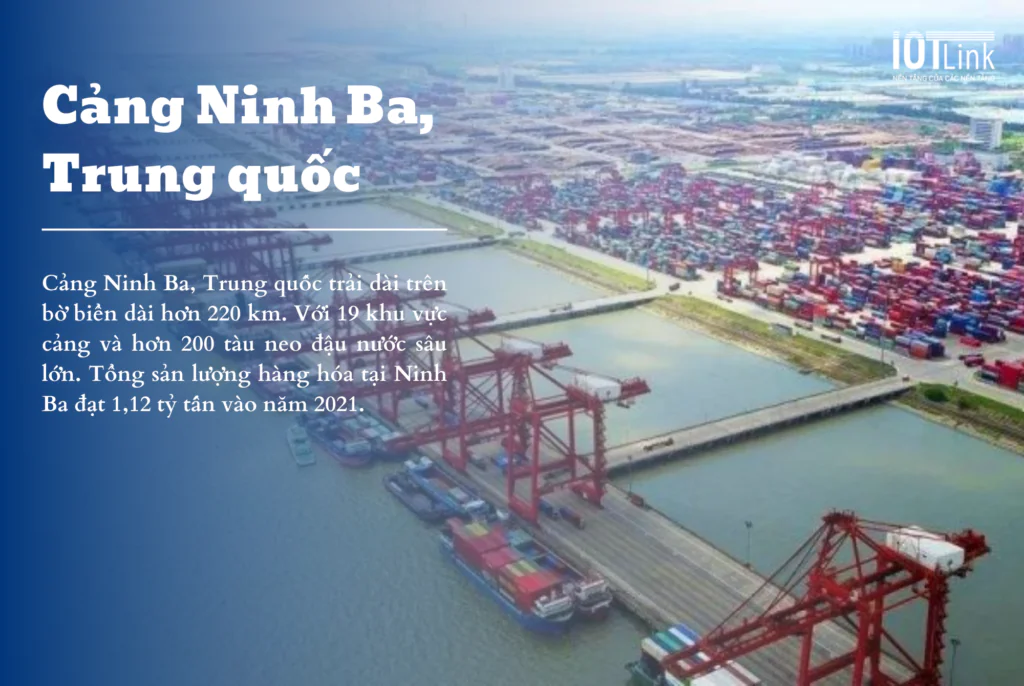
2. Port of Singapore, Singapore
One-fifth of the world's shipping containers and half of the world's annual crude oil supply pass through the port of Singapore. This is a place with an important geographical position of the global trade link.
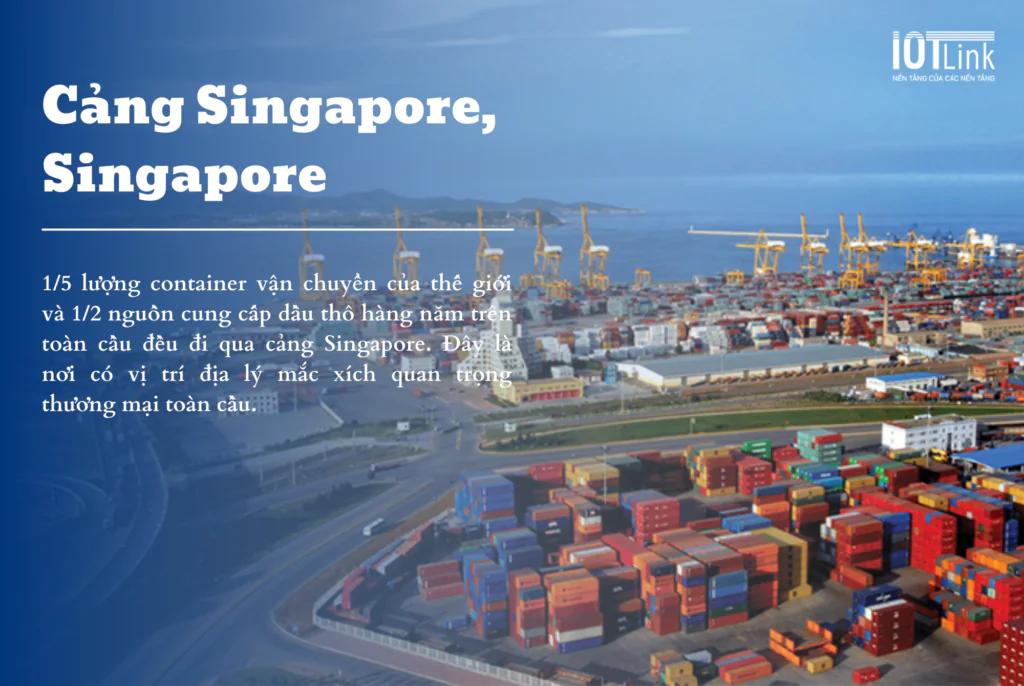
1. Port of Shanghai (Shanghai), China
Topping the list of the world's largest seascapes is Port of Shanghai (Shanghai), China. Includes a deep water port and a river port. That made it the world's busiest port in 2010 and has maintained the top spots ever since. The port is seen as part of the 21st Century Maritime Silk Road that runs from China to Singapore to India to the Mediterranean to the North Sea.
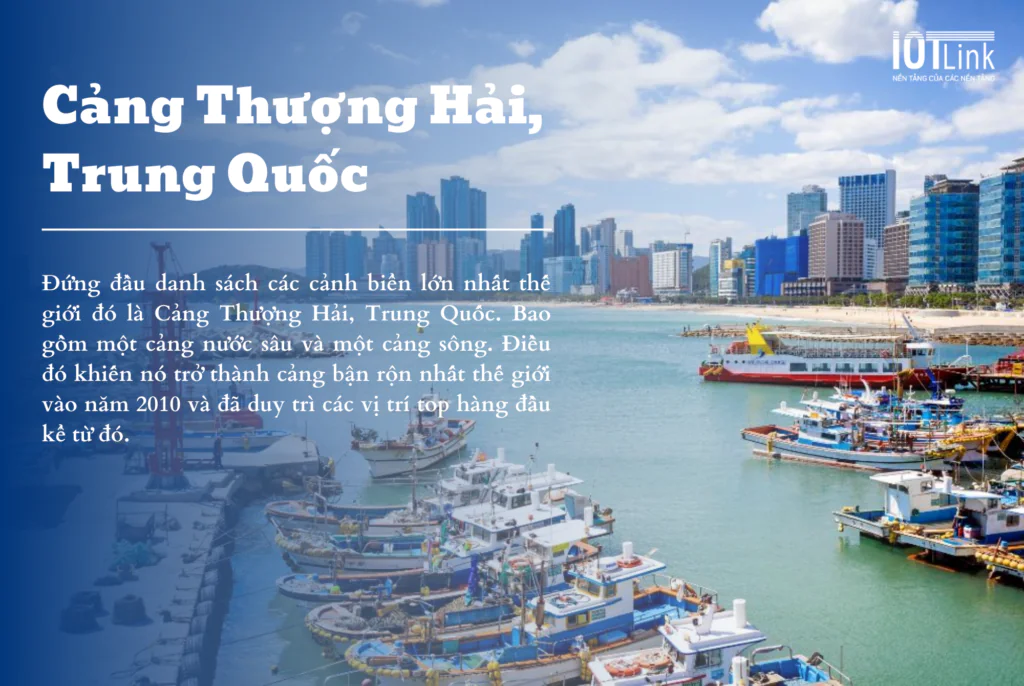
Conclusion
Above is a map of the world's seaports and the largest seaports today. Seaports are not only limited to economic and commercial fields. They are also the driving force for economic development, creating job opportunities and attracting investment. In addition, seaports also play an important role in the global supply chain.



















